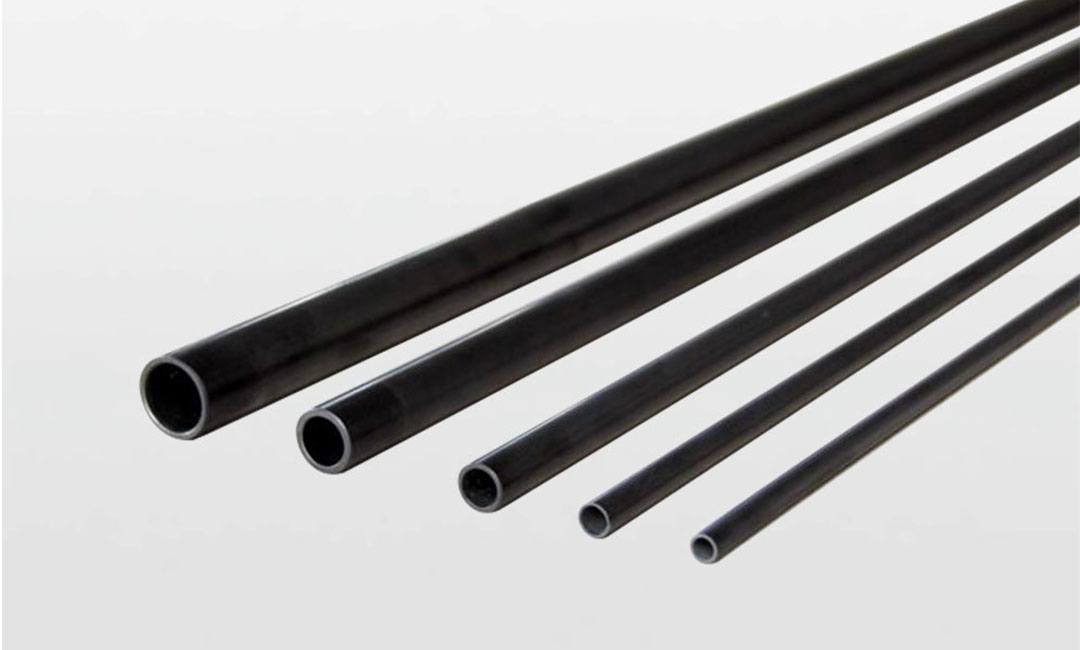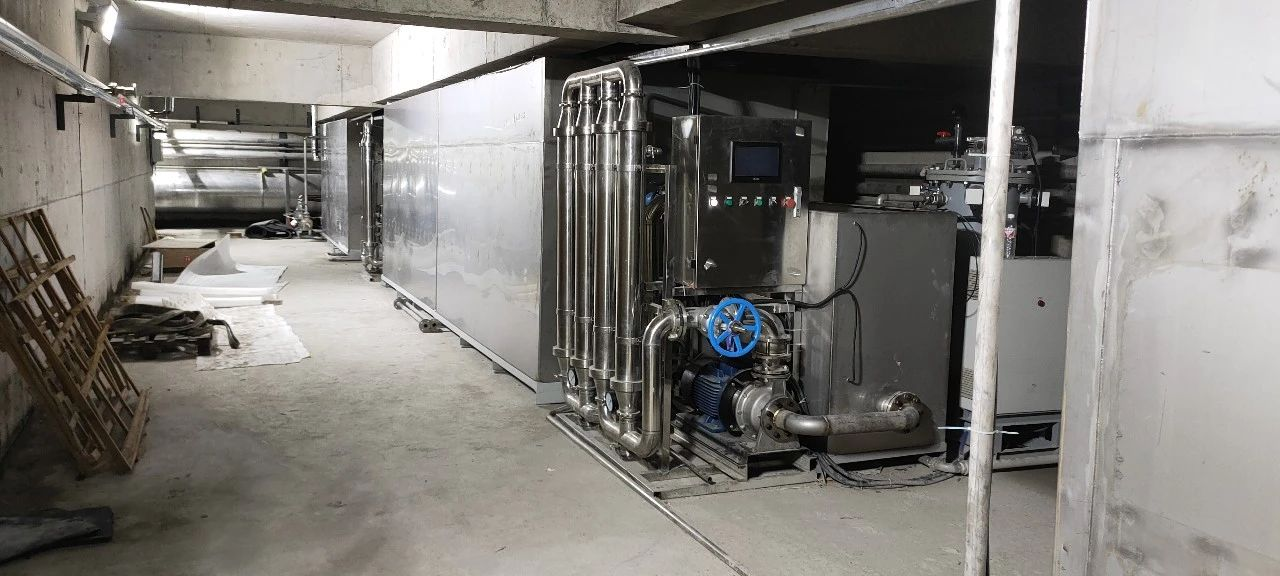Sustainability Benefits of SiC Membranes in Wastewater Treatment
Silicon carbide (SiC) membranes are revolutionizing the field of wastewater filtration, offering a sustainable and efficient solution for treating water contaminated with pollutants. These membranes are made from a material known for its high strength, thermal conductivity, and chemical resistance, making them ideal for use in harsh industrial environments. In recent years, the adoption of SiC membranes in wastewater treatment plants has been on the rise due to their numerous sustainability benefits.
One of the key sustainability benefits of SiC membranes is their long lifespan. Unlike traditional polymeric membranes that need frequent replacement, SiC membranes can last for several years without losing their filtration efficiency. This not only reduces the amount of waste generated from membrane replacement but also lowers the overall operating costs of wastewater treatment plants. By investing in SiC membranes, plant operators can achieve significant cost savings over the long term.
Another sustainability benefit of SiC membranes is their high fouling resistance. Fouling, or the accumulation of contaminants on the membrane surface, is a common issue in wastewater filtration that can reduce the efficiency of the treatment process. SiC membranes are highly resistant to fouling, thanks to their smooth surface and chemical inertness. This means that less cleaning and maintenance are required, resulting in lower energy consumption and chemical usage. By reducing fouling, SiC membranes help wastewater treatment plants operate more sustainably and efficiently.
Furthermore, SiC membranes have a high tolerance for extreme pH levels and temperatures, making them suitable for treating a wide range of wastewater streams. This versatility allows plant operators to use SiC membranes in various applications, from industrial wastewater treatment to desalination. By using a single membrane material for multiple purposes, wastewater treatment plants can streamline their operations and reduce their environmental footprint.
In addition to their durability and fouling resistance, SiC membranes also offer superior filtration performance compared to traditional membranes. The unique structure of SiC membranes allows for precise control over pore size, resulting in a more efficient removal of contaminants from water. This high filtration efficiency translates to cleaner water output and reduced environmental impact. By using SiC membranes, wastewater treatment plants can meet stringent regulatory standards and contribute to the preservation of water resources.

Overall, the sustainability benefits of SiC membranes in wastewater treatment are clear. From their long lifespan and fouling resistance to their superior filtration performance, SiC membranes offer a cost-effective and environmentally friendly solution for treating contaminated water. As the demand for clean water continues to grow, the adoption of SiC membranes is expected to increase, shaping the future of wastewater filtration. By investing in SiC membranes, wastewater treatment plants can improve their sustainability, reduce their operating costs, and contribute to a cleaner environment for future generations.
Efficiency Improvements with SiC Membranes for Water Filtration
Efficiency improvements in wastewater filtration have become a critical focus in recent years as the demand for clean water continues to rise. One technology that is shaping the future of wastewater filtration is silicon carbide (SiC) membranes. These membranes offer several advantages over traditional filtration methods, making them a promising solution for improving efficiency in water treatment processes.
SiC membranes are known for their high mechanical strength and chemical resistance, making them ideal for harsh operating conditions. This durability allows SiC membranes to withstand aggressive chemicals and high temperatures, resulting in longer membrane lifespan and reduced maintenance costs. In addition, SiC membranes have a high porosity and narrow pore size distribution, which enables efficient removal of contaminants from water.
One of the key benefits of SiC membranes is their high flux rates, which allow for faster filtration and higher throughput compared to conventional membranes. This increased flux rate translates to higher productivity and lower energy consumption, making SiC membranes a cost-effective solution for water treatment plants. Furthermore, SiC membranes have a low fouling propensity, meaning they are less prone to clogging and require less frequent cleaning compared to other membrane materials.
Another advantage of SiC membranes is their ability to remove a wide range of contaminants from water, including bacteria, viruses, and organic compounds. This versatility makes SiC membranes suitable for various applications, from municipal wastewater treatment to industrial processes. By effectively removing contaminants, SiC membranes help ensure that treated water meets regulatory standards for safe drinking water.

In addition to their efficiency and versatility, SiC membranes are also environmentally friendly. The production of SiC membranes generates less waste compared to other membrane materials, making them a sustainable choice for water treatment applications. Furthermore, the long lifespan of SiC membranes reduces the need for frequent membrane replacements, further reducing the environmental impact of water treatment processes.
Overall, SiC membranes offer a promising solution for improving efficiency in wastewater filtration. Their high mechanical strength, chemical resistance, and high flux rates make them a cost-effective and sustainable choice for water treatment plants. By effectively removing contaminants from water and reducing maintenance costs, SiC membranes are helping shape the future of wastewater filtration.
In conclusion, SiC membranes are revolutionizing the way we treat water by offering a more efficient and sustainable solution for wastewater filtration. With their high mechanical strength, chemical resistance, and high flux rates, SiC membranes are proving to be a valuable asset in improving efficiency in water treatment processes. As the demand for clean water continues to grow, SiC membranes are playing a crucial role in ensuring that treated water meets regulatory standards for safe drinking water. With their environmental benefits and cost-effective performance, SiC membranes are set to become a key technology in shaping the future of wastewater filtration.
Cost-Effectiveness of SiC Membranes in Wastewater Filtration Systems
Silicon carbide (SiC) membranes are revolutionizing the field of wastewater filtration with their superior performance and cost-effectiveness. These membranes are made from a durable and highly porous material that allows for efficient filtration of contaminants from water. In recent years, SiC membranes have gained popularity in the wastewater treatment industry due to their ability to provide high-quality filtration at a lower cost compared to traditional filtration methods.
One of the key advantages of SiC membranes is their long lifespan. These membranes are highly resistant to fouling and corrosion, which means they require less frequent replacement compared to other types of membranes. This not only reduces maintenance costs but also minimizes downtime, leading to increased operational efficiency. Additionally, the robust nature of SiC membranes allows them to withstand harsh operating conditions, making them ideal for use in industrial wastewater treatment plants.
Another factor that contributes to the cost-effectiveness of SiC membranes is their high filtration efficiency. These membranes have a small pore size that can effectively remove a wide range of contaminants, including bacteria, viruses, and organic compounds, from water. This results in cleaner effluent that meets regulatory standards, reducing the need for additional treatment steps. As a result, wastewater treatment plants can save on chemicals and energy costs, making SiC membranes a cost-effective solution for water purification.
Furthermore, SiC membranes have a low energy consumption rate, making them an environmentally friendly option for wastewater filtration. The high permeability of these membranes allows for faster filtration rates, reducing the amount of energy required to operate the system. This not only lowers operational costs but also helps to reduce the carbon footprint of wastewater treatment plants. By choosing SiC membranes, plant operators can achieve their sustainability goals while also saving money in the long run.
In addition to their cost-effectiveness, SiC membranes offer other benefits that make them a preferred choice for wastewater filtration systems. These membranes have a high mechanical strength, which ensures their durability and longevity. They are also chemically inert, meaning they do not react with the water or contaminants being filtered, ensuring the purity of the effluent. Moreover, SiC membranes are easy to clean and maintain, further reducing operational costs and extending their lifespan.
Overall, SiC membranes are shaping the future of wastewater filtration by providing a cost-effective and efficient solution for water purification. Their long lifespan, high filtration efficiency, low energy consumption, and other benefits make them a superior choice for wastewater treatment plants looking to improve their operations while reducing costs. As the demand for clean water continues to grow, SiC membranes will play a crucial role in meeting regulatory requirements and ensuring the sustainability of water resources. With their advanced technology and proven performance, SiC membranes are set to revolutionize the way we treat wastewater and protect our environment for future generations.

